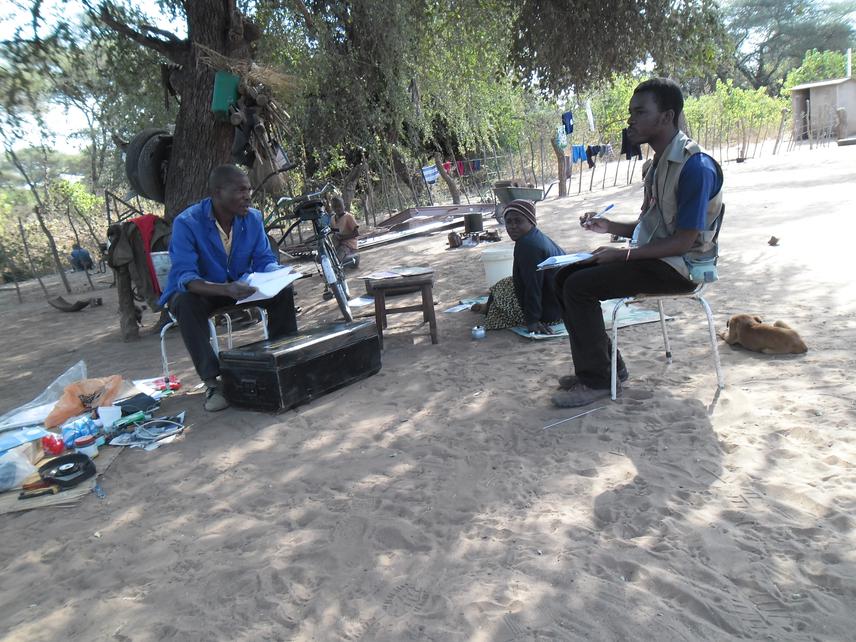Gregory Dowo
The project aims to find ways to effectively manage and conserve community Mopane (Colophospermum mopane) woodlands to reduce rates of human encroachment into the adjacent park, through an interdisciplinary and participatory approach.

Mopane (Colophospermum mopane) woodlands are very important to the livelihoods of most people in semi-arid and arid parts of southern Africa especially Zimbabwe, Mozambique and South Africa. However, over the years there have been socio-economic changes such as increase in population density as well as land use changes increasing pressure on the community woodlands. Such high rates of local level utilisation negatively impact on the structure, functioning and diversity of Mopane woodlands. This has led people to increasingly enter the adjacent Gonarezhou National Park for resource harvesting, illegal poaching and livestock grazing. This severely impacts on the valuable habitats of endangered species such as the African painted dog (Lycaon pictus). Hence, it is the aim of this project, in conjunction with local stakeholders, to find ways to effectively manage and conserve community Mopane woodlands reducing the rates of encroachment into the park.
A participatory multidisciplinary approach will be employed. The project will be divided into the following major activities and the associated time scales
1. Introduction to local communities and authorities. Duration: 1 month.
2. Questionnaire surveys and focus group meetings – Duration: 3 months
3. Participatory mapping exercises, land use/ cover change analysis and vegetation surveys -Duration: 4 - 5 months
4. Participatory modelling and role playing games - Duration: 6 months
5. Feedback meetings –Duration: 1 month
The project will have a number of outcomes:
1. Awareness among local people to the need to conserve community woodlands will be increased.
2. Local stakeholder capacity will be augmented through skills training in working with geospatial information and mapping of their community forest resources.
3. As a case study the project will contribute to an understanding of the overall functioning of the socio-ecological system around the Gonarezhou National Park.
4. The project will produce cheap computer based tools for future community decision making processes in land use and natural resource management through the development and implementation of an agent based model (ABM).
5. Peer reviewed publications
These outcomes will further the biodiversity conservation agenda through providing local communities with the tools to effectively communicate with key decision-makers and policy planners regarding their specific needs in order to sustainably use their local resources. Therefore, major outcome is to bridge the information gap between community members, parks authorities and policy makers.